Free Consultation
(314) 500-HURT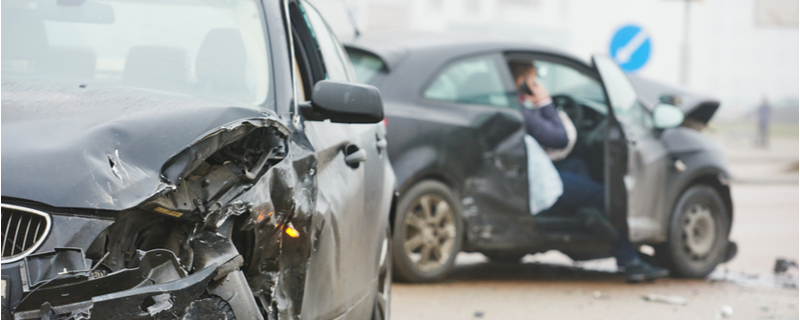
What they do is, when they put it together, when they take out a piece of your intestine, they don’t attach it end to
end because that might break. What they do instead is they put two ends of it together. You can see what they did. There
was blood pooling around the liver and the spleen with mesenteric tears. They took out, they transected the small bowel
with the GI stapler, and oh yeah, it was 55 centimeters. They did anastomosis. What they did is they took the two
remaining sides of it; they took a clean cut; they put them together; and then, they closed it up together with
permanent staples to close that. And then what they did is they opened up between them, and then they sewed them
together here if you can see, sewed them together here so that when he’s digesting it goes through there. He has had
some issues with this post-surgically; however, this is the standard of care in how these small type of ruptures are
addressed. So, a lot of times, after and post an impact like that, the doctors will monitor these patients to make sure
that their organs are working well, their digestive systems, these other things because the sudden deceleration can
negatively affect someone and cause permanent injuries inside them even if they’re not noted right away.
If you have any questions about how to deal with these injuries, the medical involved in these injuries or anything
along these lines, give us a call at www.burgerlaw.com, visit us at www.burgerlaw.com, and our phone
number is 866-599-2222. Thank you.
Founder | Injury Attorney
Gary Burger has dedicated his career to standing up against bullies. The founder and principal attorney of Burger Law | St. Louis Personal Injury Lawyer has helped hundreds of Missouri and Illinois individuals and families recover th …
Years of experience: 30 years
Location: St. Louis, MO

Similar Blog Posts

Whether at a restaurant or a store, wet or other hazardous conditions can cause slip and fall accidents. Despite the cause of a slip and fall accident, the property owner where the...

Alternative dispute resolution (ADR) is a legal process that offers parties another option besides traditional litigation to resolve legal conflicts and disputes. It can be a more ...

So What if You Have a Bad Insurance Experience? You pay for insurance to manage the numerous risks of driving, owning a house, or many other things. Based on the advertisements an...
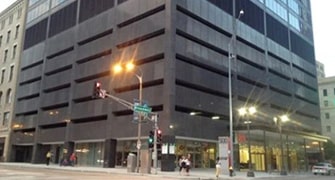
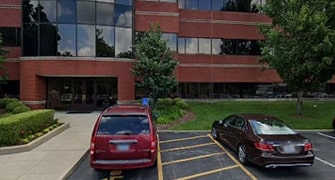
521 W. Main Street Suite 201 O
Belleville, IL 62220
By appointment only
(618) 500-4878 GET DIRECTIONS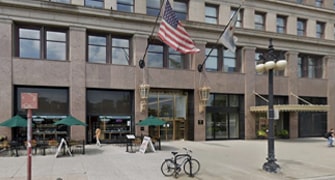
332 S Michigan Ave Suite 900
Chicago, IL 60604
By appointment only
(312) 500-HURT GET DIRECTIONS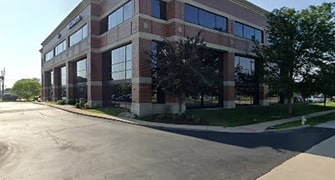
100 Chesterfield Business Pkwy Suites 200-222
Chesterfield, MO 63005
By appointment only
(314) 648-8348 GET DIRECTIONSNO FEES UNTIL WE WIN YOUR CASE
We offer free consultations and are available 24/7 to take your call. Live chat, text, and virtual meetings are available.
or call us at